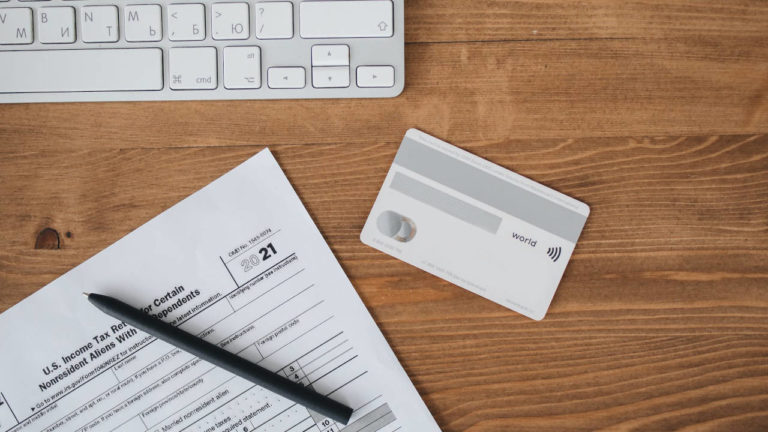Do you have credit card debt that you need to get rid of? Well you are not alone. American’s have steadily been increasing their credit card debt and the trend is troubling, but you can get started with a secure future by not being normal. This starts with getting rid of bad consumer debt.
I am not against debt all together like Dave Ramsey, and sometimes I am grateful for debt and value it. If the debt allows me to hedge inflation, such as a low interest mortgage, or to generate a higher future income like student loans then I am all for it.
I am not saying go buy a McMansion on a $100,000 income or take out $150,000 in loans for a degree in a low paying field.
Why should you pay off credit card debt?
It is a risk free guaranteed rate of return. Good luck finding any investment that can create a guaranteed rate of return that is like the APR of today’s credit cards.
Reduces stress. Debt is stressful. The uncertainty that comes with living a borrowed lifestyle is unnerving. Especially if the interest rates are high and it is snowballing out of control.
Remove risk and free up cash flow. Having extra cash come in is necessary to building wealth. You must spend less than you earn in order to have money left over to invest. Furthermore, god forbid you were ever disabled or lost your job, how would you pay that debt off?
The fastest and easiest way to pay off consumer debt
If you have numerous loans and many of them have high rates it may be worth your time to consider consolidating that debt into one loan with a lower rate.
It goes without saying that you should not be taking out any more consumer debt during this time.
Consolidate your debt with either Prosper or Lending club. Both companies are Peer to Peer lending (P2P) companies. In this model, everyday individuals are the investors in funding the loans and rates can be lower than 7% APR for up to five years.
Using either service will put you on a good path to alleviating the burden of consumer debt.
Another option is to take out a personal loan that has less interest than your credit card. Once you reduce your interest, focus on paying as much as you can towards your debt.
Otherwise follow the following steps to pay off consumer debt
1. Get Organized
Make a spreadsheet outlining all your credit cards, their balances and interest rates. Within this spreadsheet make sure you have the total debt and a game plan for how you will tackle it.
2. Pay Off the Highest Interest Rate Card First
The interest rate is what kills you. The higher that rate the higher your bill will take to pay with minimum payments. Make sure you put all extra money towards the debt with the highest rate. While doing this make sure to stay current with all other payments.
Once that card is paid off do the same for the next highest rate card and follow this pattern until all debt is gone.
3. Set a Budget
Look closely at your monthly expenses and find areas where you can cut back. Think closely as you shop whether what you are buying a need or a want. Dial back the A/C a bit and think about getting rid of cable.
4. Request a Lower Interest Rate
Call each credit card company and request a lower interest rate. Lower interest means lower monthly payments. Mention your credit score if it is good and let them know you have received a better offer from competing companies.
5. Transfer a Balance
If you have a good credit score it could be possible to qualify for 0% deals from competing credit cards. With this you can buy yourself anywhere from 6 months to 24 months of interest free payments. Just make sure you don’t lose sight of the plan to pay it off.
6. Don’t Close the Card
After the card is paid off you might be tempted to close the card and be done with it. However, your credit score factors in your credit card utilization and it makes a significant impact. If you close the card your total available credit, thus increasing the utilization ratio.













